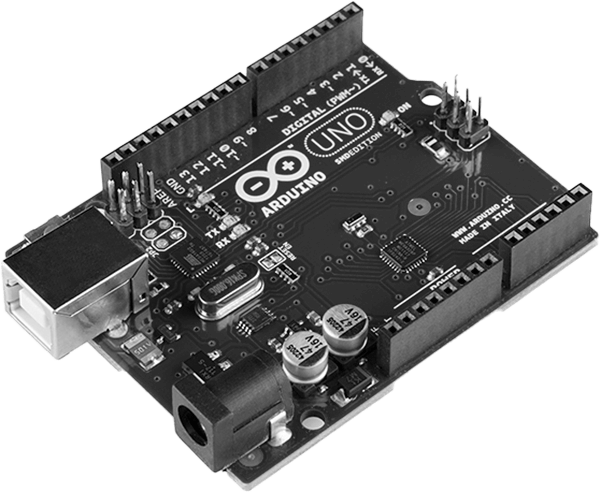
Hover on the cards to explore.
Click anywhere to start
Hover on the cards to explore.


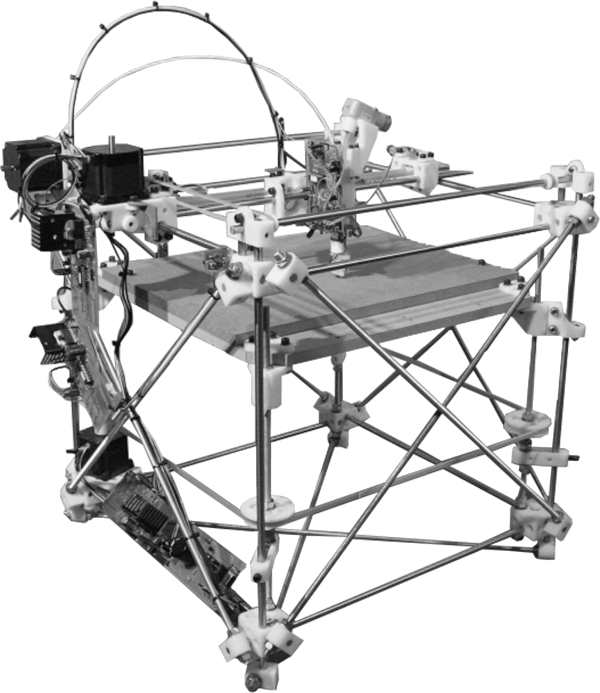
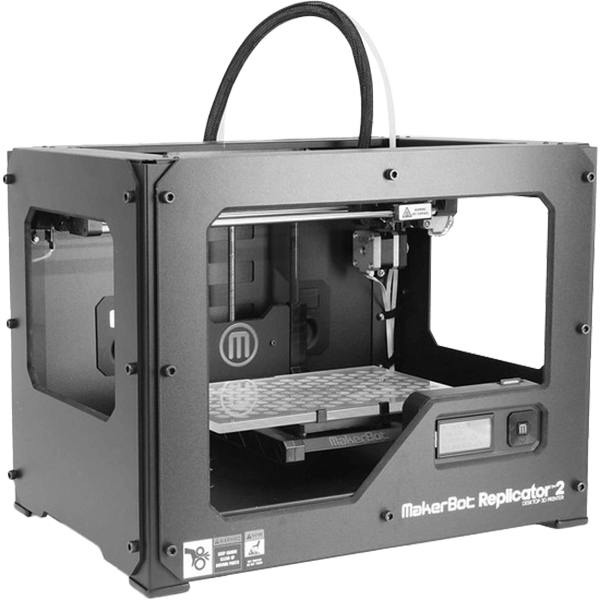
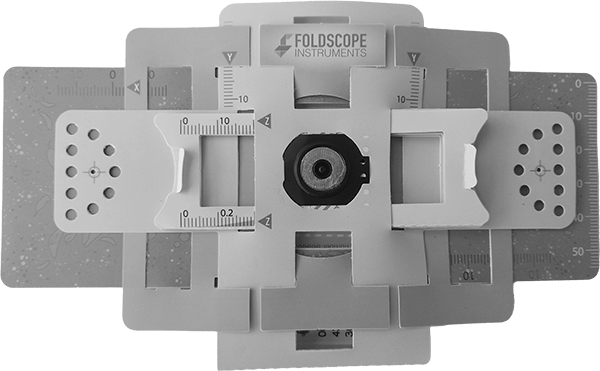
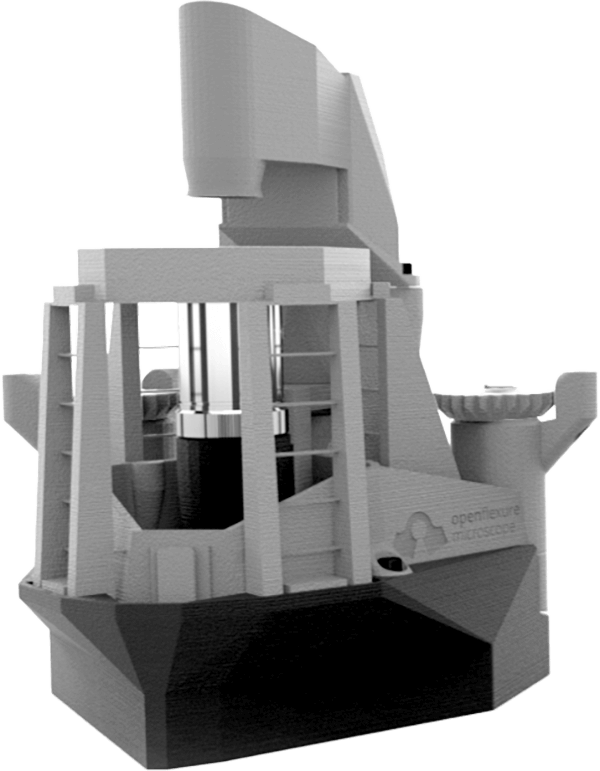
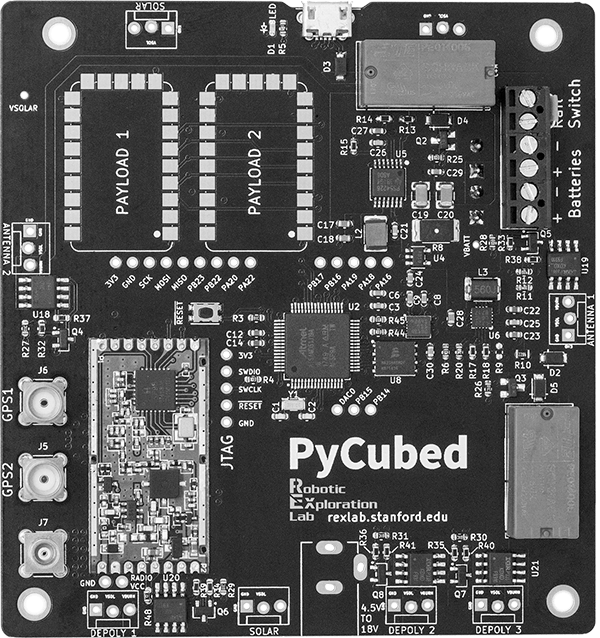

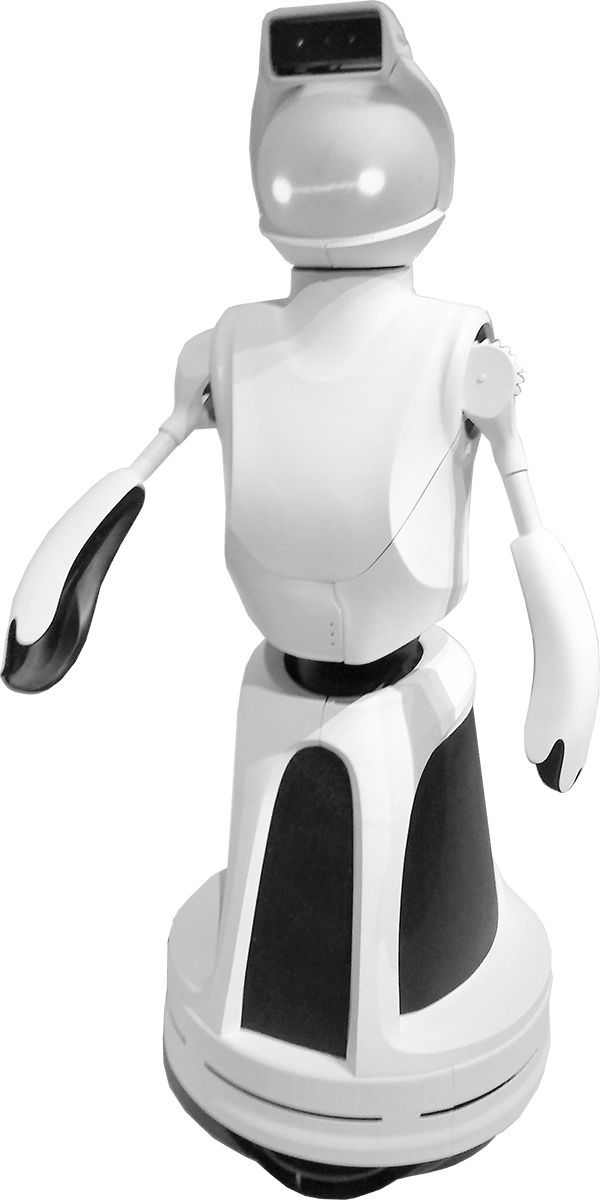
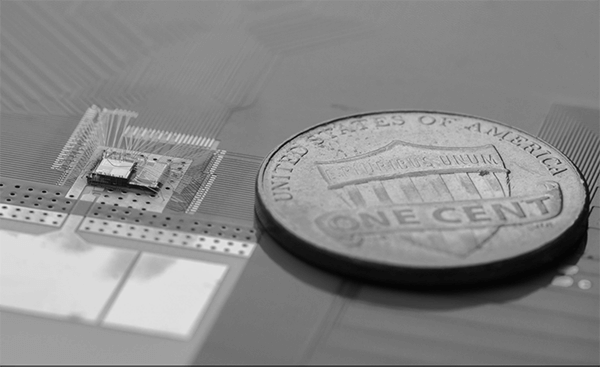
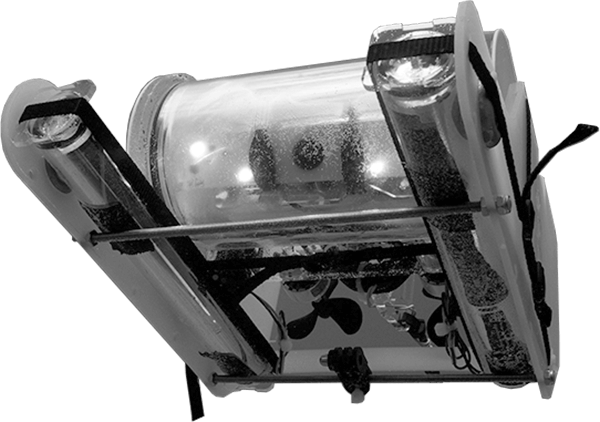

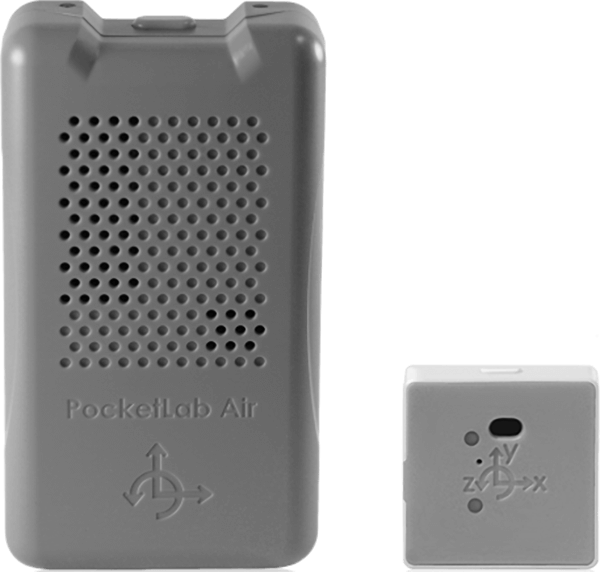
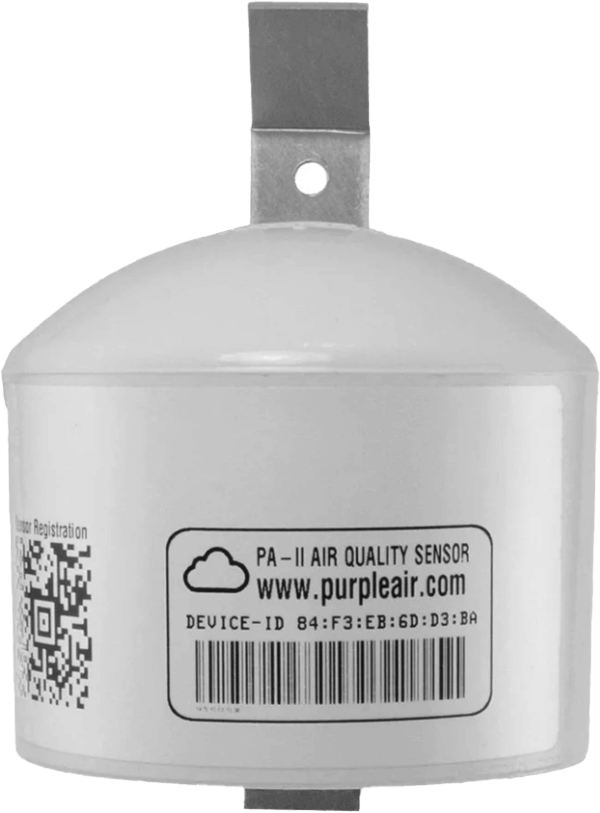

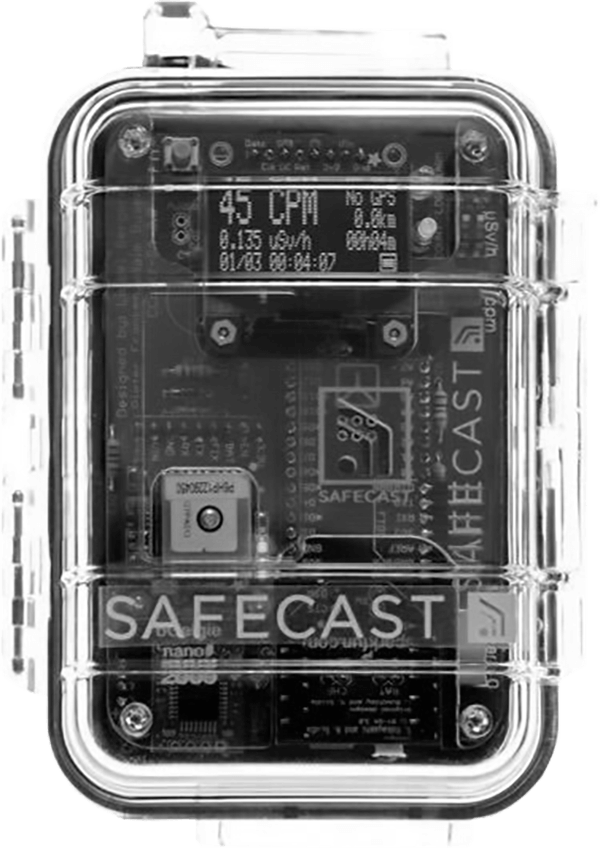
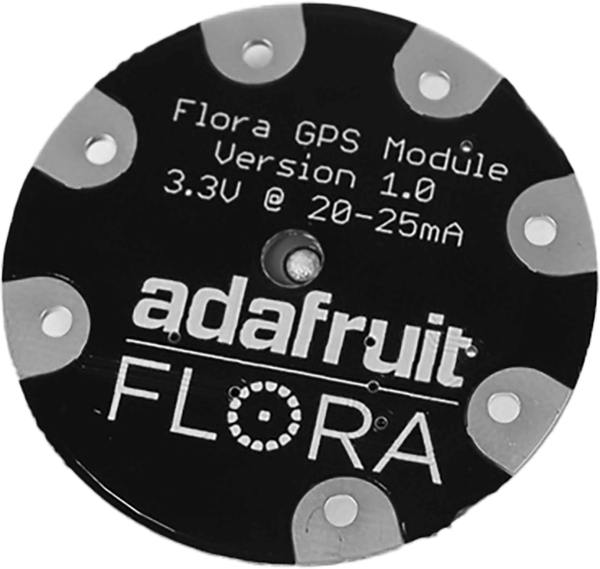
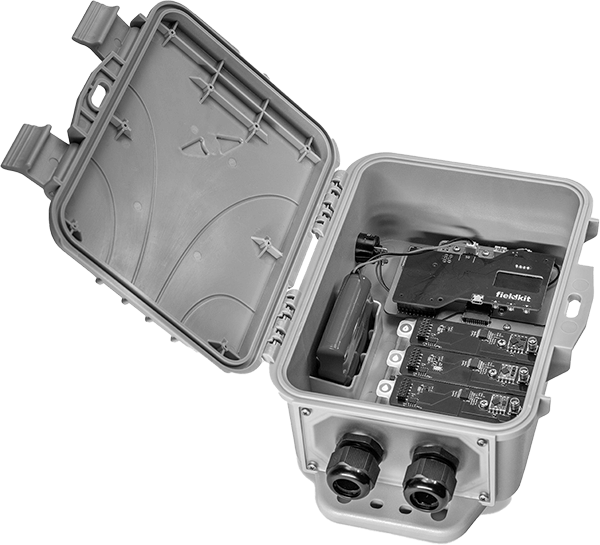
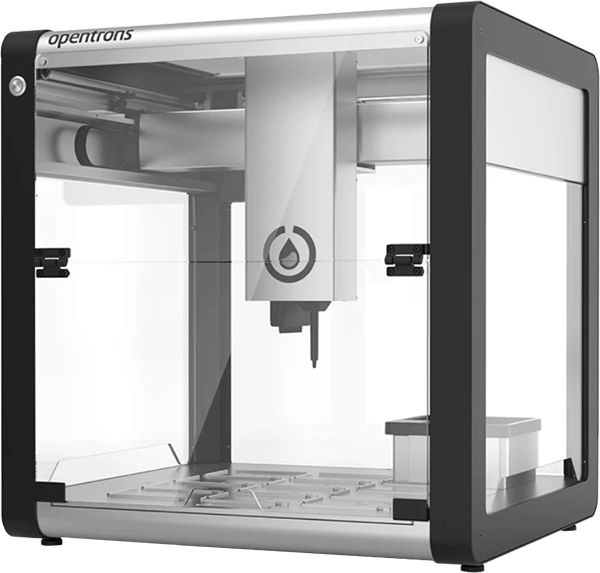


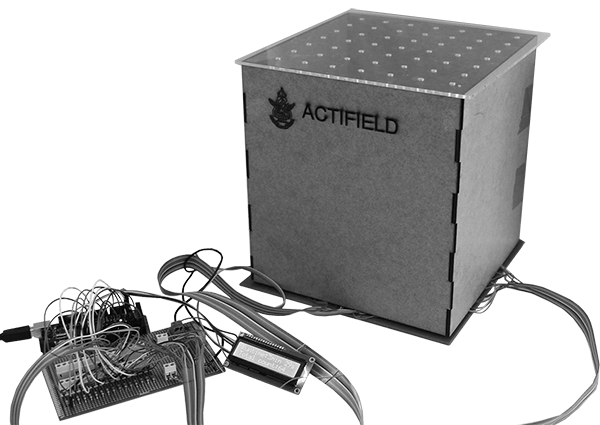
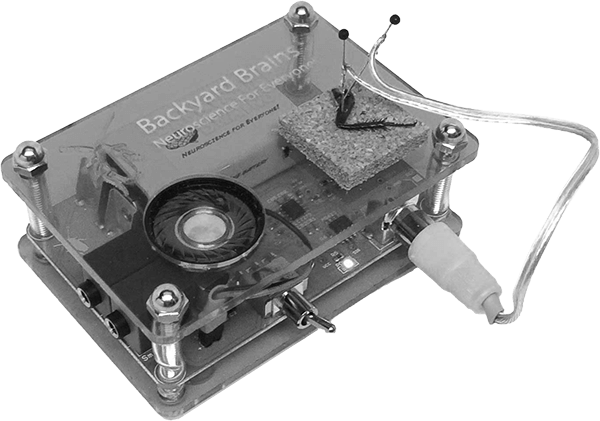
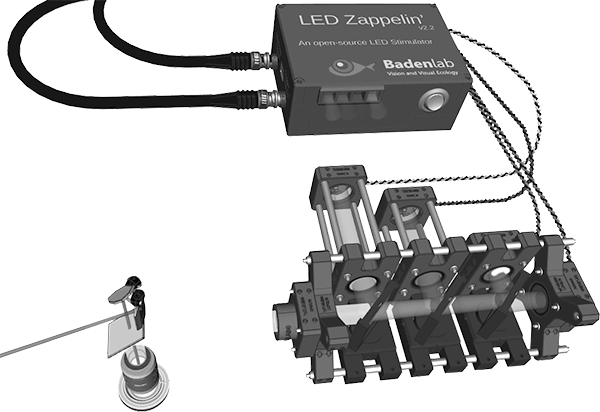
































































































Swipe for different tools
Significance
Price
Use
Type
Openness
Sort by:
Low-cost and open source tools—the physical tools used to generate data and make new discoveries—are transforming science.
Low-cost tools are significantly less expensive than the status quo, while open source tools are “physical objects whose design is made publicly available so that anyone can study, modify, distribute, make, and sell the design or hardware based on that design” (OSHWA).
Science Stack: Tools within Reach demonstrates the diversity of tools in regards to research topic, cost, openness, and beyond, while highlighting how these tools are changing science and benefitting society.
Science Stack: Tools within Reach is part of THING Tank, an initiative of the Wilson Center’s Science and Technology Innovation Program that is funded by Alfred P. Sloan Foundation. The content of this infographic was created by Wilson Center researchers with support from Pentagram, who designed and developed this site.

Drawing on taxonomies featured in Bovosin & Mies (2018) and Parker & Novak (2020), we have outlined a number of key features (e.g. “open documentation”) that enable low-cost and open source tools to broaden participation and create information. These features enable broader impact (e.g. encourages new uses”).
Each card features on tool, and highlights a specific feature per tool to show the diversity of ways the tools can impact science and society.
The tool has features that make it easy to modify the tool’s design. This might be a “building block” tool that leads to a wide range of innovations.
Features of the tool or the data it produces are accessible in a way that broaden who can participate in science, like through citizen science, or through research in educational settings.
The tools are supported by physical or digital infrastructures, like online communities, that enable people to work together on projects and share ideas.
The documentation of the tool is accessible, complete, and appropriately licensed, so that anyone can build or study the tool.
Access to original design files or blueprints enables people to study how the design of the tool has changed over time. This can give users background knowledge to help customize their tools.
These tools have parts that are interchangeable with other parts. This enables users to reconfigure their tools to better fit the needs and applications of their work.
Open licenses are legal frameworks that encourage people to modify, share, and build tools and blueprints. This encourages participatory innovation and design by providing a legal and normative basis for contribution.
Some tools are used in citizen science: the involvement of the public in scientific research–whether community-driven research or global investigations.
Tools can produce open data, data that can be freely used, re-used, and redistributed by anyone–subject only, at most, to the requirement to attribute and share alike.
Tools that are designed to be so easy to build or use that participation is broadened to entirely new group of users.
An open process includes infrastructure that encourages participation in the development, maintenance, or improvement of the tool. This can include support for version control, issue tracking systems, and contribution guides, which are infrastructure and instruction for collaboration and tool development.
Online platforms centered around tools enables users to share project ideas, share data, troubleshoot problems, and create a sense of community.
Access to bill of materials (the list of parts needed to build the tool), and assembly instructions, which provide guidance on how to build a tool or provide users with key information to study how the tool is built.
Open licenses are legal frameworks that encourage people to modify, share, and build tools and documentation. This encourages participatory innovation and design by providing a legal and normative basis for contribution.
Access to original design files or blueprints enables people to study how the design of the tool has changed over time. This can give users background knowledge to help customize their tools.
Tools can produce open data, data that can be freely used, re-used, and redistributed by anyone–subject only, at most, to the requirement to attribute and share alike.